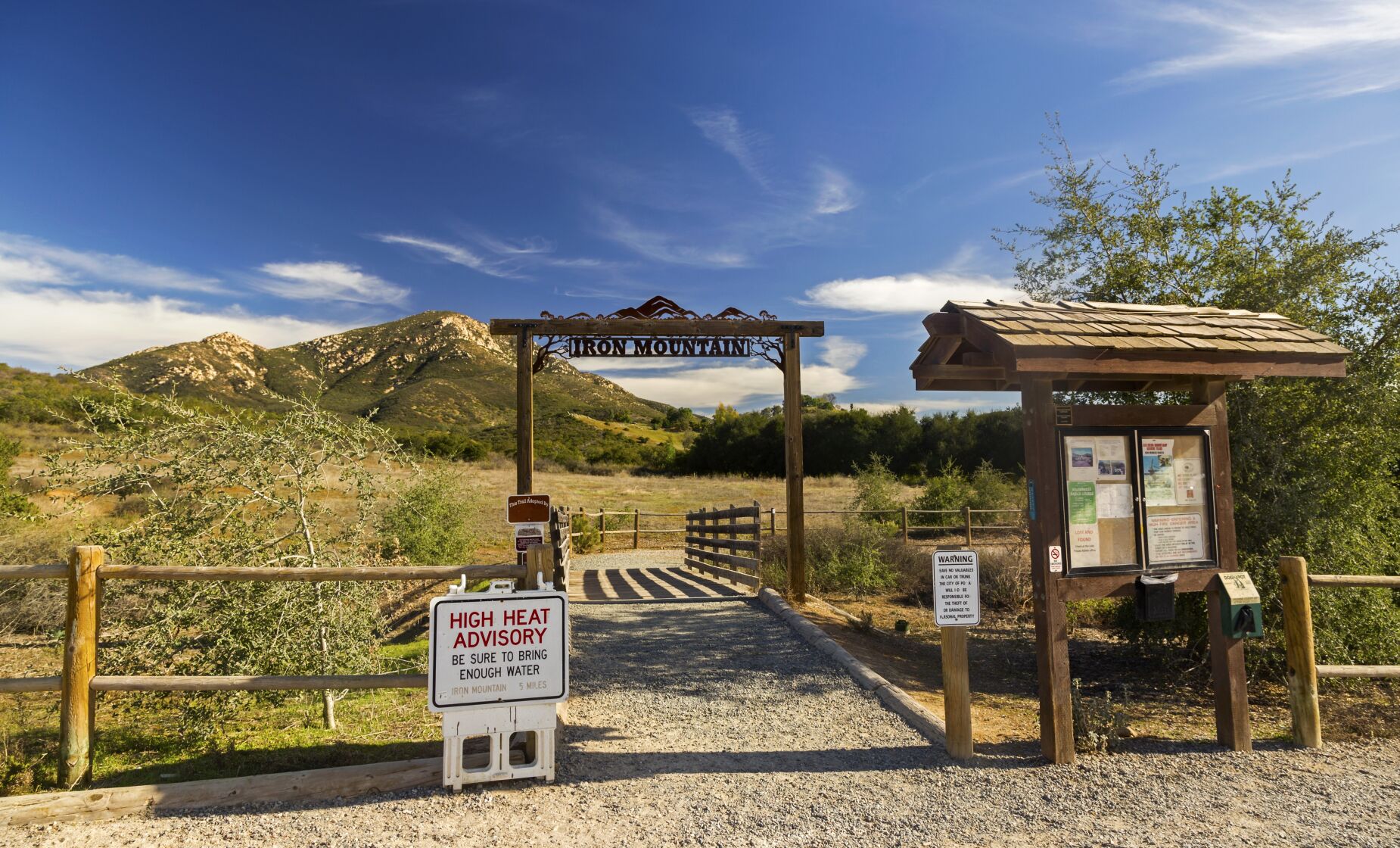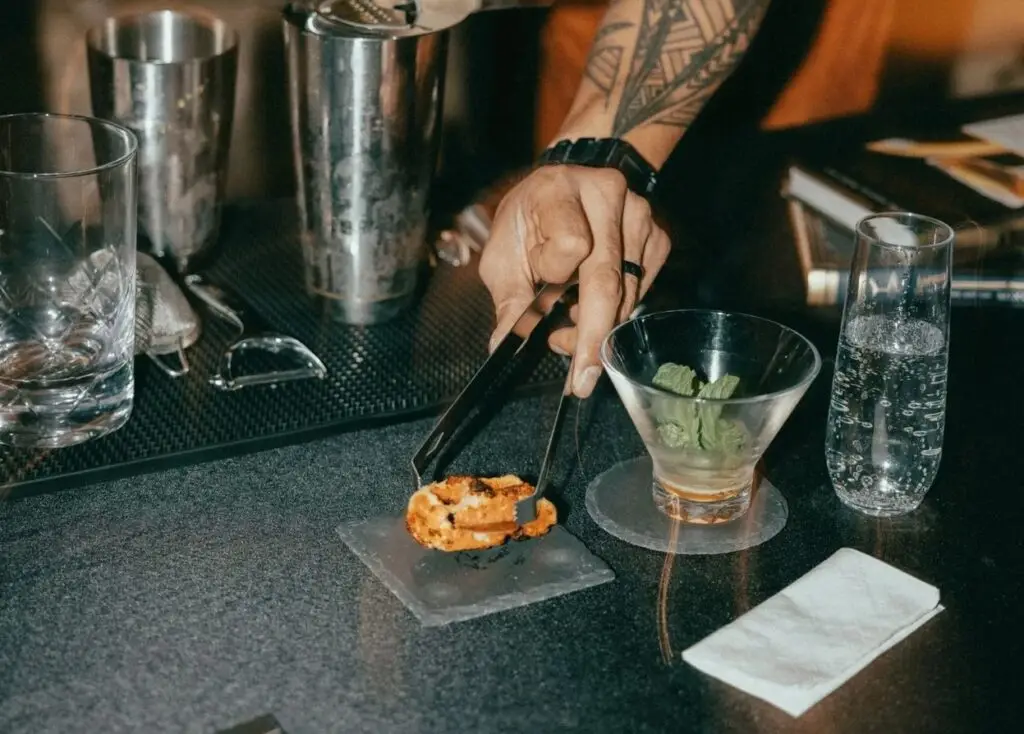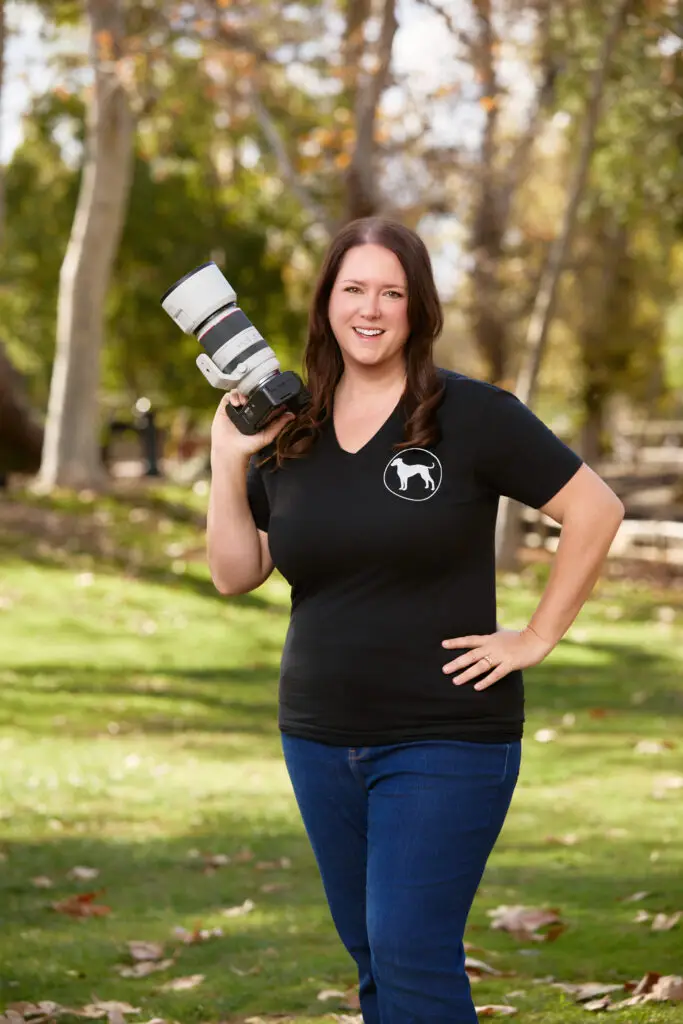
Hiking Safety Trailhead Iron Mountain
Not to brag, but I almost faced down a puma.
I was hiking with my son in Mission Trails a few weeks ago—we were climbing Kwaay Paay peak, since he’s gung-ho about summiting all five peaks in Mission Trails. It was raining, and on our way back down, we saw paw prints in the mud. Big paw prints. I’m not a wildlife expert, but I’m 99-percent certain they were from a mountain lion.
I have no proof, since I was a little too freaked out to take a picture. And I didn’t want to scare my son, so I said, “Oh, I think those are from a dog” and shuffled along.
But later on, I had to know, so I described the prints to , the lead instructor and founder of Coyne Survival Schools. He confirmed they very well could have been from a mountain lion (also called a puma or cougar). The animals live in San Diego County—though they’re not confirmed to dwell in Mission Trails—and there have been attacks in the past.
He says run-ins between hikers and supersized cats are very rare (according to Backpacker, you’re statistically more likely to be chomped on by a New Yorker than a puma). But in the event that you do encounter a mountain lion, there are some things you can do to stay safe.
First of all, leave those headphones at home. The last thing you and the cat want is to find yourselves face-to-face by surprise. Listening to your surroundings (instead of your “Hot Girl Walk” playlist) can help you hear nearby wildlife.
If faced with a mountain lion, however, “you really want to put on what we call a territorial display—so you want to make yourself big and be loud,” Coyne advises. “You are showing them that you are not prey, that you are a predator, and [signaling,] ‘If you come near me, we’re going to fight.’”
Ninety-nine times out of 100, that’s going to make the mountain lion run away, he says. But if it continues to encroach, don’t turn around and don’t run. Slowly back up as you continue to wave your arms, shout, and throw objects like rocks (or your metal water bottle) in the air.
“In the event of a full mountain lion attack, it’s not going to be like a bear [attack] where you [want to] play dead or anything like that,” Coyne continues. “You have to fight back.” Hikers have saved their own or others’ lives in the past by striking an aggressive mountain lion with a backpack or stone. Mace can be another line of defense to keep on hand.
Of course, pumas aren’t the only potential danger you might find on the trails. Whether you’re hiking, camping, climbing, or simply enjoying the outdoors it’s essential to know the potential risks. Drawing on his experience as a former helitack wildland firefighter, EMT, and technical rescue professional, Coyne offers other tips for staying safe on a hike.

Hiking Safety Mountain Lion
Wildlife to Watch Out For
In addition to mountain lions, San Diego is home to rattlesnakes and coyotes—but neither are much of a threat.
“[In] every encounter I’ve had [with coyotes], they immediately run away, especially if I run towards them yelling and putting [on] that territorial display,” Coyne says, adding that the average coyote is only about 35 pounds—significantly smaller and less powerful than a puma.
But if you’re hiking with a pet (especially a little one) and come upon a coyote, pick up your fur baby to keep them out of harm’s way.
Rattlesnakes, Coyne adds, are “our friends.” He says that the reptiles aren’t aggressive. In fact, we often do more harm to them—by killing them out of fear or precaution—than they do to us. “If you do see a rattlesnake, all you gotta do is just give it a wide berth,” Coyne emphasizes. “Don’t try and get up and [take] a picture with it.”
Erika Weikel, a senior park ranger with the city of San Diego, adds that if you see a rattlesnake, it’ll likely be “stretched out on the trail, just sunbathing.” She says that “you can stomp your feet and it’ll feel the vibration of the ground and go about its way. Don’t try to move it, and don’t harm it.”
If you do happen to get bitten (which would only happen if you reached behind a rock and touched one accidentally, or if you came too close to one on purpose), head straight to a hospital.

Hiking Safety Poison Oak Sign
Poisonous Plants to Avoid
The plants to look out for are poison oak and poison sumac. Both can cause itchy rashes. “It likes freshly disturbed soils, so you often see it around trails,” Coyne says.
The wilderness camp adage for spotting poison ivy—“leaves of three, let it be”—also applies with poison oak. The shrub or vine has shiny, veined leaves that typically (but not always) grow in groups of three. The leaves are glossy and bright-green in the warm months and orange and red in the fall, and you might spot little greenish-white flowers on the plant in spring.
Poison sumac’s smooth-edge leaves sprout in pairs, with seven to thirteen bristling from each branch. You’ll know it by its tiny cream or yellow berries.
If you do have contact with either plant, scrub the area with a strong soap within two hours of contact. Coyne recommends Tecnu, a skin cleanser designed specifically for removing rash-prompting plant oils, but Dawn dish soap is a good second choice.
“At first, put [soap] on the area with no water [and] rub the area for a minute or two. Then rinse off with cold water,” Coyne says. “If you’re really allergic, you’ve got to decontaminate everything. People think the rash spreads, but it doesn’t.”
That myth persists, he says, because the plant’s oils can stick to surfaces and irritate other areas as they come into contact with contaminated objects. “So go in reverse order and think, what did I touch today? If you [touched] it on the trail, and then you got in your car and drove home, the next day you [might] have a poison oak [rash],” he describes.
“You wash your clothes and wash your boots—but people forget about the backpack. They forget about the car seat. Those oils can stay for weeks on surfaces before they evaporate off and are no longer potent.” So make sure you’re swabbing anything that might hold vestiges of itch-causing oil.
Final Words of Wisdom
Plenty of hiking injuries have nothing to do with flora and fauna. Make sure you’re prepared for mishaps like tripping, falling, or losing your way. Every time Coyne hits the trails—even for a basic day hike—he brings:
- Medical kit
- Water
- Cutting tool
- Flashlight
- Firestarter
- Mylar blanket
- Sunscreen
- Proper clothing
- Medication like inhalers or EpiPens.
Ankles, knees, and legs tend to suffer the most injuries on the trails, so Coyne recommends shoes with ankle support. Lightweight, mid-cut hiking boots provide more protection than sneaker-like, low-cut models or running shoes without being too heavy.
Coyne also recommends taking a trail safety course to learn basic wilderness first aid skills, including wrapping sprains, bandaging wounds, and treating heatstroke.
Weikel, the senior park ranger, says that if you stick to Mission Trails or other canyons within city limits, your cell phone should have reception. She recommends copying down park ranger numbers found on signposts at the start of trails, but you can also call 911 and be routed to a ranger if you are injured or need help.
However, she adds, it’s important to know exactly where you are on a trail so help can find you.
“For example, Tecolote Canyon has probably 20 different entrances, so if I do encounter a reason where I need to get help and I’m making a call, [I need to ask myself], ‘What entrance did I go in at? Where did I park my car? What is the nearest street?’” she says. “Knowing your location and your entry point will speed up that process of getting assistance to you.”
And, she continues, “if you have dogs [or] kids with you, [remember that] a lot of the time children aren’t aware of when they’re overheating, and dogs can’t communicate that to their owners [either].” Taking frequent breaks and drinking water regularly is important when hiking with family members, kids, or four-legged companions.
Weikel says to always abide by “trail closed” signs and to alert rangers if you see anything like mountain lion tracks, a rattlesnake, or obstacles on a trail.
But she also stresses that people shouldn’t be afraid to go outdoors and explore the city’s parks and trails. With the right precautions, it’s very safe, she says, adding, “Nothing in the outdoors wants to hurt you.”
PARTNER CONTENT
So the unseen puma and I will simply continue to peacefully coexist.



















